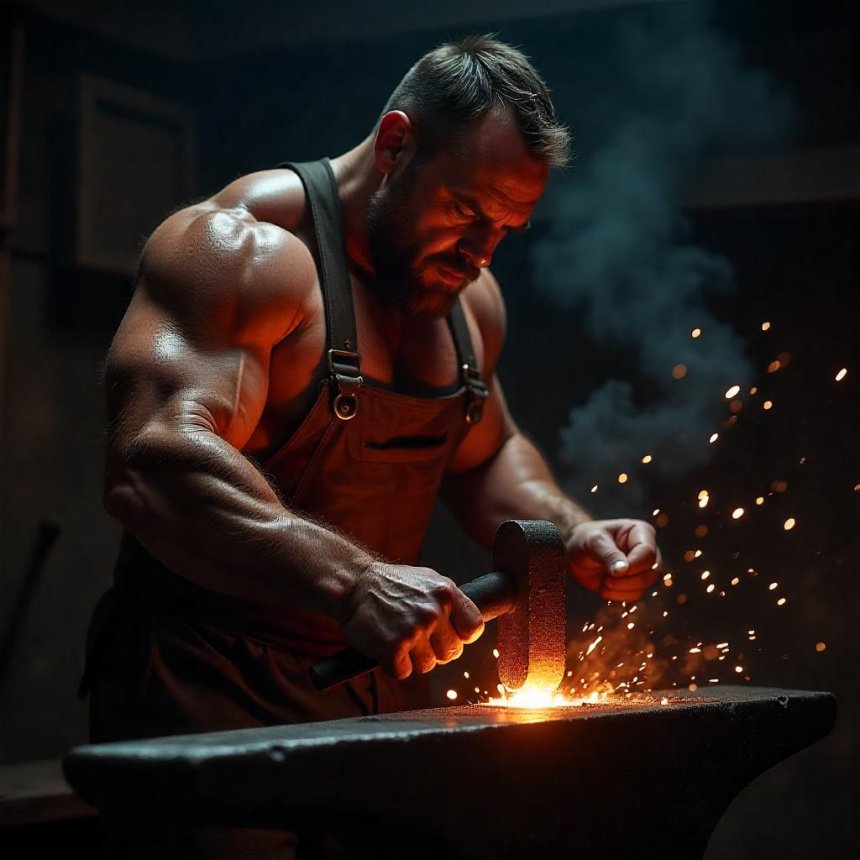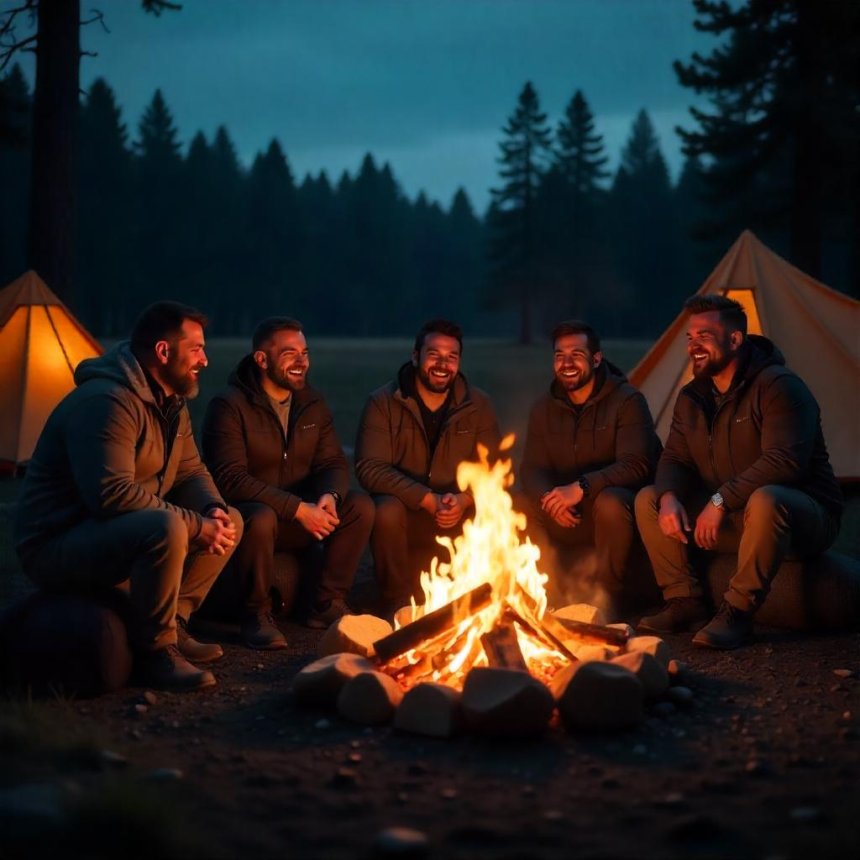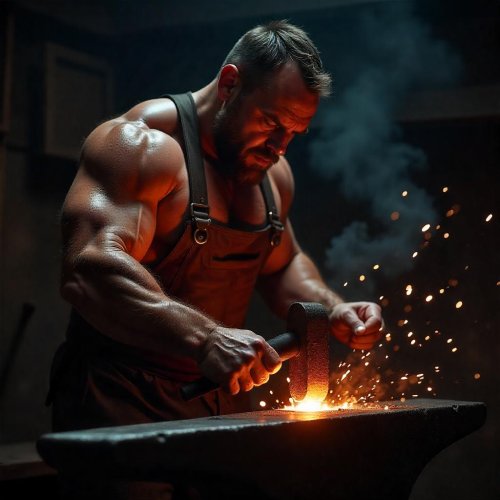The Lost Art of Blacksmithing: Why Every Man Should Try It
Discover why blacksmithing is the ultimate lost art every man should try. Learn its mental, physical, and emotional benefits, essential tools, and how to start forging today. Reconnect with tradition and build real-world skills.

In an age dominated by digital screens and instant gratification, the ancient craft of blacksmithing stands as a testament to patience, skill, and raw physicality. Once a cornerstone of civilization, blacksmithing has faded into obscurity—relegated to history books and medieval reenactments. Yet, there’s a growing movement of men rediscovering this primal art, not just as a hobby, but as a transformative experience.
Blacksmithing is more than shaping metal—it’s about discipline, creativity, and reconnecting with a hands-on tradition that has shaped human progress for millennia. In this guide, we’ll explore why every man should try blacksmithing at least once, the benefits it offers, and how to get started.
Why Blacksmithing Matters in the Modern World
1. A Return to Tangible Skills
In a world where most work happens behind a keyboard, blacksmithing offers something rare: a physically demanding skill that produces real, lasting objects. The satisfaction of forging a knife, a tool, or even a simple hook from raw metal is unmatched.
2. Mental Resilience and Focus
Blacksmithing demands intense concentration. One misstrike can ruin hours of work. This forces mindfulness—a sharp contrast to the distracted, multitasking nature of modern life.
3. Physical Strength and Endurance
Swinging a hammer, managing fire, and manipulating metal build functional strength. Unlike gym workouts, blacksmithing develops grip, forearm endurance, and full-body coordination.
4. Creativity and Problem-Solving
Every piece of metal behaves differently. A blacksmith must adapt, improvise, and think critically—skills that translate into other areas of life.
5. A Connection to History and Tradition
Blacksmiths built civilizations—from weapons to plows, nails to horseshoes. Learning this craft connects you to generations of craftsmen who shaped the world with fire and steel.
How to Get Started with Blacksmithing
1. Essential Tools You’ll Need
- Anvil – The foundation of any forge.
- Hammer – Start with a 2–3 lb cross-peen or ball-peen hammer.
- Forge – Propane or coal-based. Beginners can build a simple DIY forge.
- Tongs – To hold hot metal securely.
- Vise & Files – For shaping and finishing.
2. Basic Techniques to Master
- Drawing Out – Lengthening metal by hammering.
- Bending & Twisting – Creating curves and decorative elements.
- Upsetting – Making metal thicker by compressing it.
- Heat Treatment – Hardening and tempering for durability.
3. Finding a Mentor or Class
Local blacksmithing guilds, maker spaces, and community colleges often offer classes. Hands-on guidance accelerates learning and prevents bad habits.
4. Safety First
- Wear **leather gloves, an apron, and safety glasses**.
- Work in a well-ventilated area (coal forges produce fumes).
- Keep a fire extinguisher and first aid kit nearby.
The Psychological and Emotional Benefits of Blacksmithing
1. Stress Relief Through Physical Labor
The rhythmic hammering and intense focus act as a form of meditation, reducing anxiety and improving mental clarity.
2. A Sense of Accomplishment
Unlike digital tasks, blacksmithing leaves you with a tangible product—something you can hold, use, or gift.
3. Building Patience and Discipline
Metal doesn’t bend to your will immediately. You must work it slowly, learning persistence and control.
4. A Counterbalance to Modern Life
In a world of instant everything, blacksmithing teaches delayed gratification—a skill many men have lost.
Modern Blacksmithing: From Hobby to Career
While most won’t become full-time blacksmiths, the skills can open doors:
- Custom Knife Making – High demand for hand-forged blades.
- Artistic Metalwork – Sculptures, gates, and furniture.
- Historical Reproductions – For museums and reenactors.
- Tool & Hardware Restoration – A niche but growing market.
Final Thoughts: Why Every Man Should Try Blacksmithing
Blacksmithing is more than a craft—it’s a revival of masculinity, discipline, and self-reliance. In a society that often discourages hands-on work, forging metal brings back a primal satisfaction that screens can’t replicate.
Whether you take it up as a hobby or a side hustle, blacksmithing will challenge you, reward you, and reconnect you with a forgotten but essential part of human heritage.
So, grab a hammer, light the forge, and strike while the iron is hot.
Share
What's Your Reaction?
 Like
0
Like
0
 Dislike
0
Dislike
0
 Love
0
Love
0
 Funny
0
Funny
0
 Angry
0
Angry
0
 Sad
0
Sad
0
 Wow
0
Wow
0














